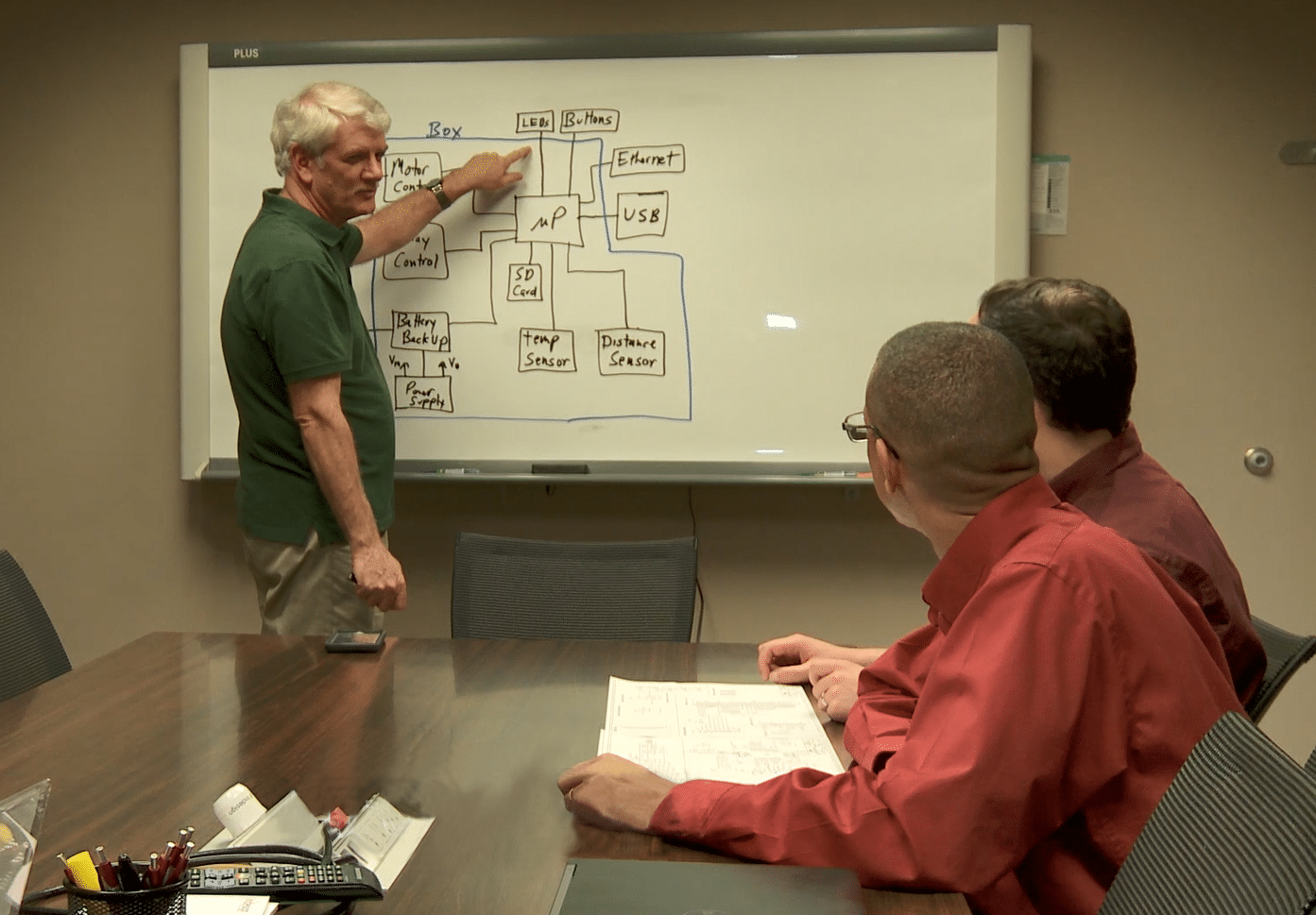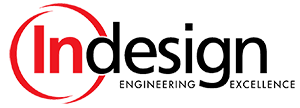Indesign, LLC offers systems engineering services to identify, analyze, and document requirements and to develop architectures for your product. Our clients vary widely in the level of requirements detail at the start of a project. The Indesign team works with the client as needed to refine requirements, select an optimal architecture, and identify issues that can be resolved early in the project in order to facilitate efficient design and development. Contact us online or call us today at (877) 561-0274.
Contact Us

Requirements Identification, Analysis & Documentation
A clear understanding of how a device is expected to operate, the environment in which the device will be used, and other criteria for success are critical for Indesign to develop a product that meets the client’s needs. Initial discussions with the client are focused on documenting “use cases” that indicate who will use the device and the features the device needs to provide. Thorough analysis of use cases to generate requirements early in the project can avoid surprises later in the project—although there almost always are minor refinements of requirements during development as concept drawings and prototypes are reviewed and stimulate new thoughts.
Indesign’s goal is to document use cases and requirements at a level that meets client’s needs and that supports efficient and effective product development. Indesign has templates and checklists to guide initial documentation of use cases and requirements in a manner that allows for review, refinement and updates to requirements during development. As appropriate, requirements can be entered in an on-line system that supports change control of requirements and traceability of product testing to ensure all requirements are covered.
System Architecture Design
Based on initial requirements and other product concept information provided by the client, Indesign researches and proposes possible electrical, mechanical, and software architecture options for a device that can meet the requirements. In many cases, there will be multiple options that differ in performance, project risk, development cost, component cost, or manufacturing cost. Indesign can provide information to allow a client to select the best option to meet the client’s needs.
Review of architecture options often leads to refinement of requirements at an implementation level. Evaluation of architectures supports detailed walkthroughs of use of the device, which can lead to items not previously considered.
The architectures can be developed to the level needed for product development. An industrial design partner may be engaged to generate concept drawings of the exterior appearance of the device, along with controls and displays for the user interface. A feature operation specification may be created to describe how the device will operate to confirm that the user interface supports the required functionality in a manner that is easy to use. Computer simulations or rapid prototypes can be created as appropriate to allow further evaluation and confirmation of the physical appearance and user interface.
Requirements Management
After initial use cases and requirements are documented and product development begins, there typically are changes and refinements that occur during project team discussions, development activities, and prototype evaluations. To maintain a common understanding of the product through the development process, Indesign uses change management tools to capture changes to requirements. In some cases, a simple list is adequate to track changes until requirements documents are updated. In other cases, a database is used to enter proposed changes so they can be reviewed by the project team for evaluation of the impact of the proposed changes and decisions about whether or not to make the changes.
